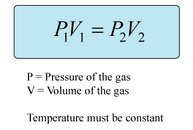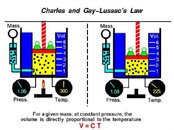InTheDrink
Contributor
Maybe boring topic in wrong forum but what the hell...
I've noticed for a few years that my gas consumption at the start of a dive is around three times the rest of the dive.
I blow thru ~50bar in first 10 mins or so on a single 12L. Yet I generally manage between 60 - 80 min dive. Figures above aren't hard and fast but the general trend is.
Anyone else noticed this?
I've noticed for a few years that my gas consumption at the start of a dive is around three times the rest of the dive.
I blow thru ~50bar in first 10 mins or so on a single 12L. Yet I generally manage between 60 - 80 min dive. Figures above aren't hard and fast but the general trend is.
Anyone else noticed this?






